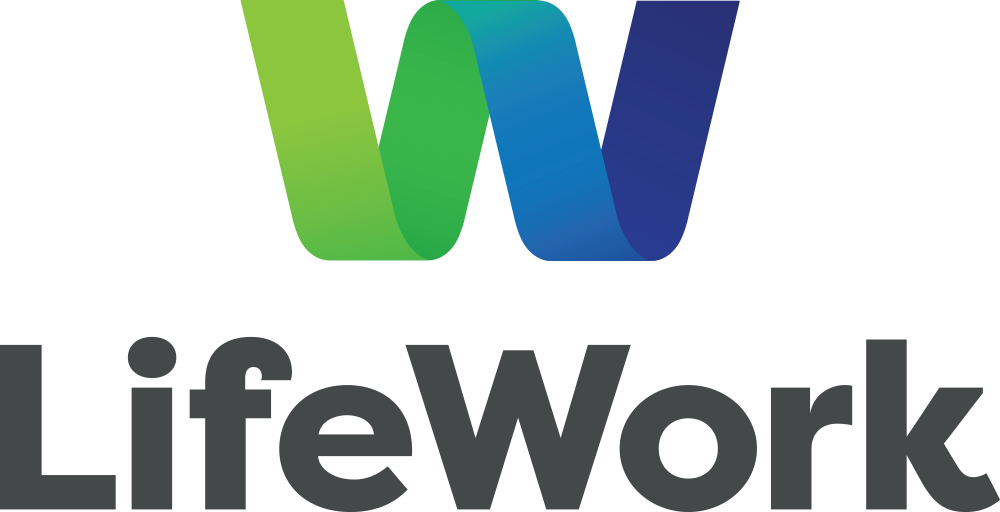The Wisdom of the Intergenerational Workforce
I had a Zoom meeting with someone I only knew from their LinkedIn page. One of our agenda items was ageism and the difficulties individuals with deep experience (read: older) face in the job market. Once connected, it was clear their profile photo was, shall we say, dated. I’m guessing at least 10 years. Being a polite individual, I said nothing. Seriously, what could you say?
Years ago, I remember being shocked upon meeting a local print journalist in person for an interview. He appeared far older than his profile picture in the paper. It is still a common practice. Look up George Will’s column photo in the Washington Post. He has been writing there since 1974, when he was 33.
Some of the reasons for this practice are obvious. First, there is the desire to appear youthful, or more accurately, at the top of our professional game. Second, naturally, is to combat age discrimination. Finally, admit it: there is a bit of vanity involved.
Is using an outdated profile photo the same as shortening a resume or eliminating telltale dates from a bio? I’m not sure. A big reason to tighten-up a resume is to focus on notable achievements versus a multi-paged novella of your career. But there is a new sentiment and practice evolving that might encourage us 55+ folks to act (and show) our age: the intergenerational workforce.
Forward-thinking companies are addressing age as a component of workforce diversity and welcoming the uniqueness of having up to five generations under one corporate roof. A two-year study by the World Economic Forum, AARP and the OECD included two key findings that speak to the positive potential and competitive advantage of an age-diverse workforce:
- The OECD estimates that age-diverse workforces will create a more efficient and productive economy and raise GDP per capita by nearly 19% in three decades
- Older workers can boost productivity both through their own performance and through knowledge-sharing with junior employees
Unfortunately, the study also found that most employers are not focused on creating a workforce with an age-diverse talent pool.
What does this mean for the 55+ demographic? For starters, it means the smarter companies may be looking to keep you around or be more open to hiring employees with deep professional experience. And with up to 57% of workers planning to stay employed beyond traditional retirement, it might also mean their experience will be considered a valuable asset versus an expensive liability. Hopefully, that wisdom will prevail.
